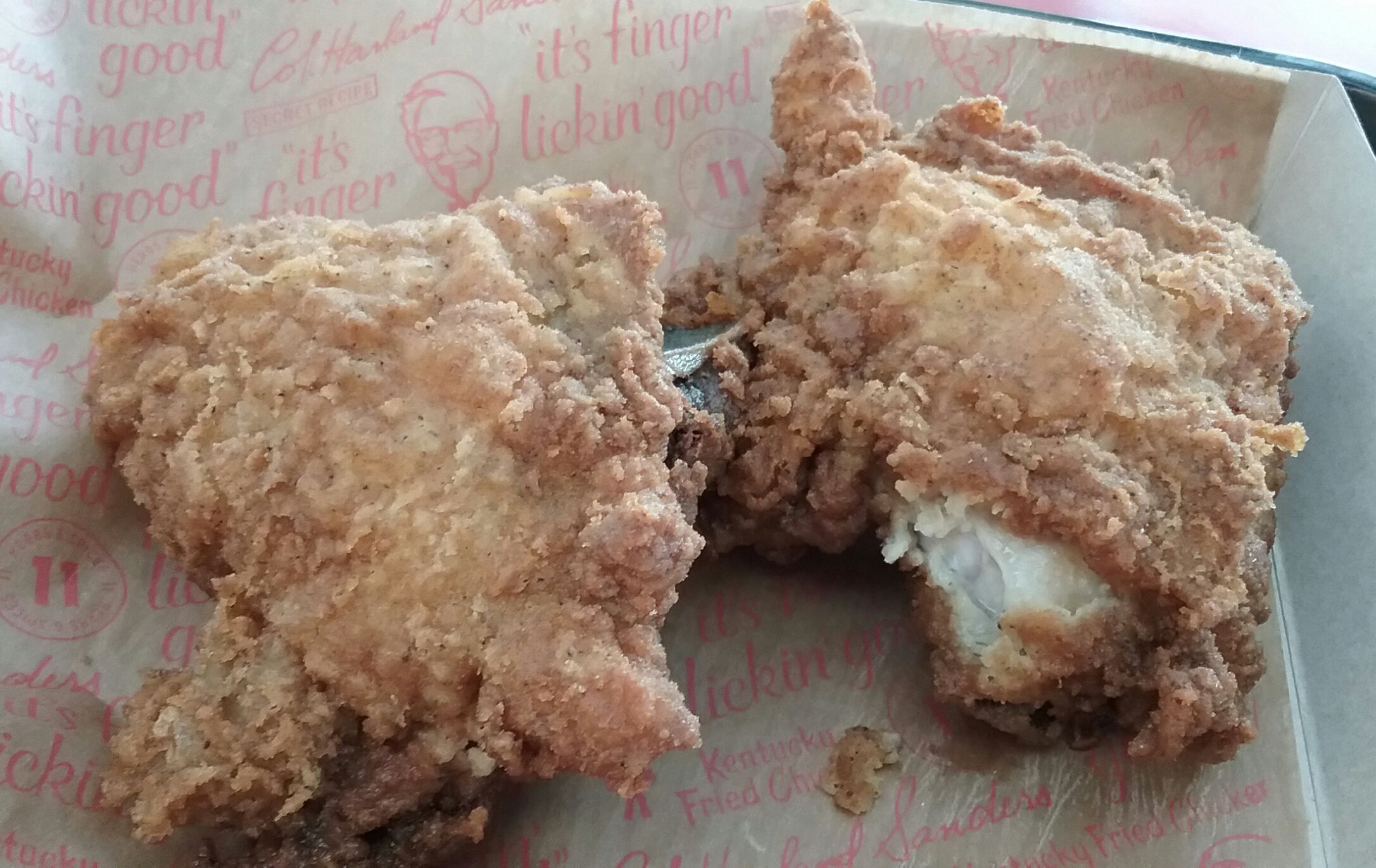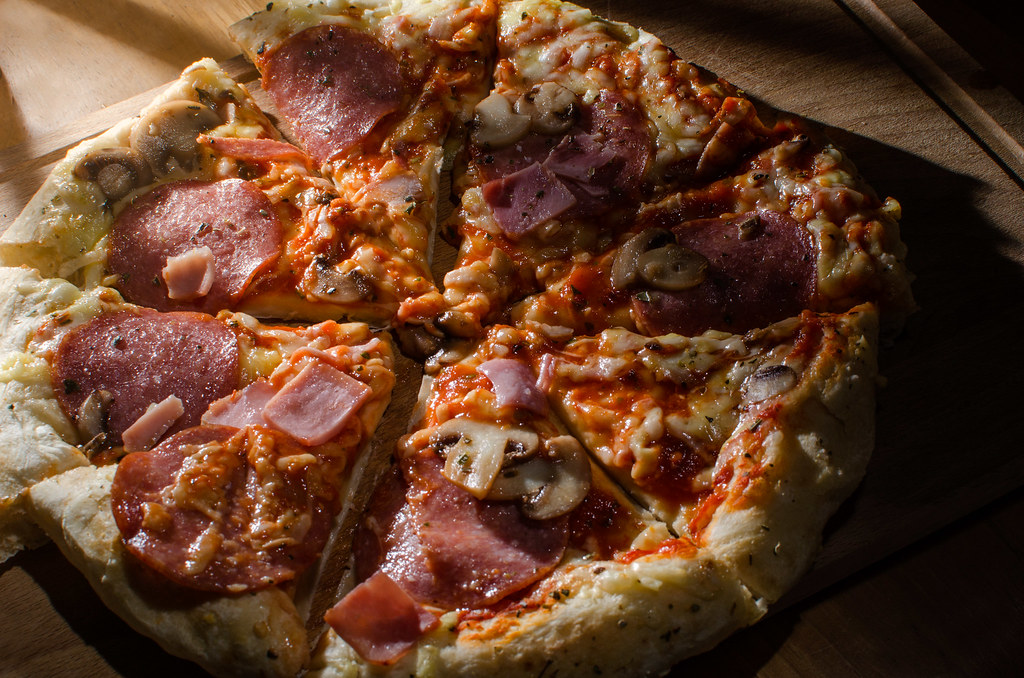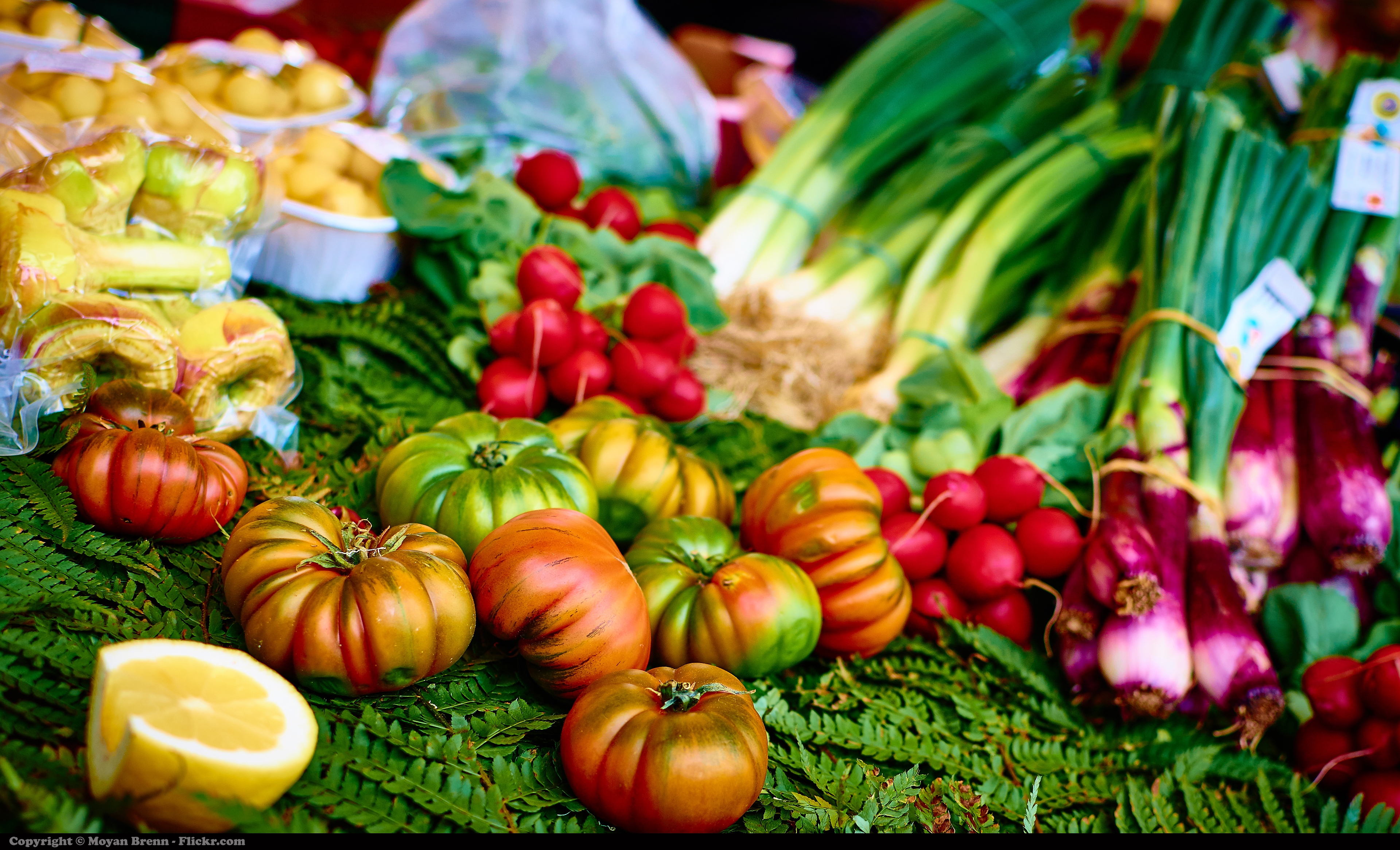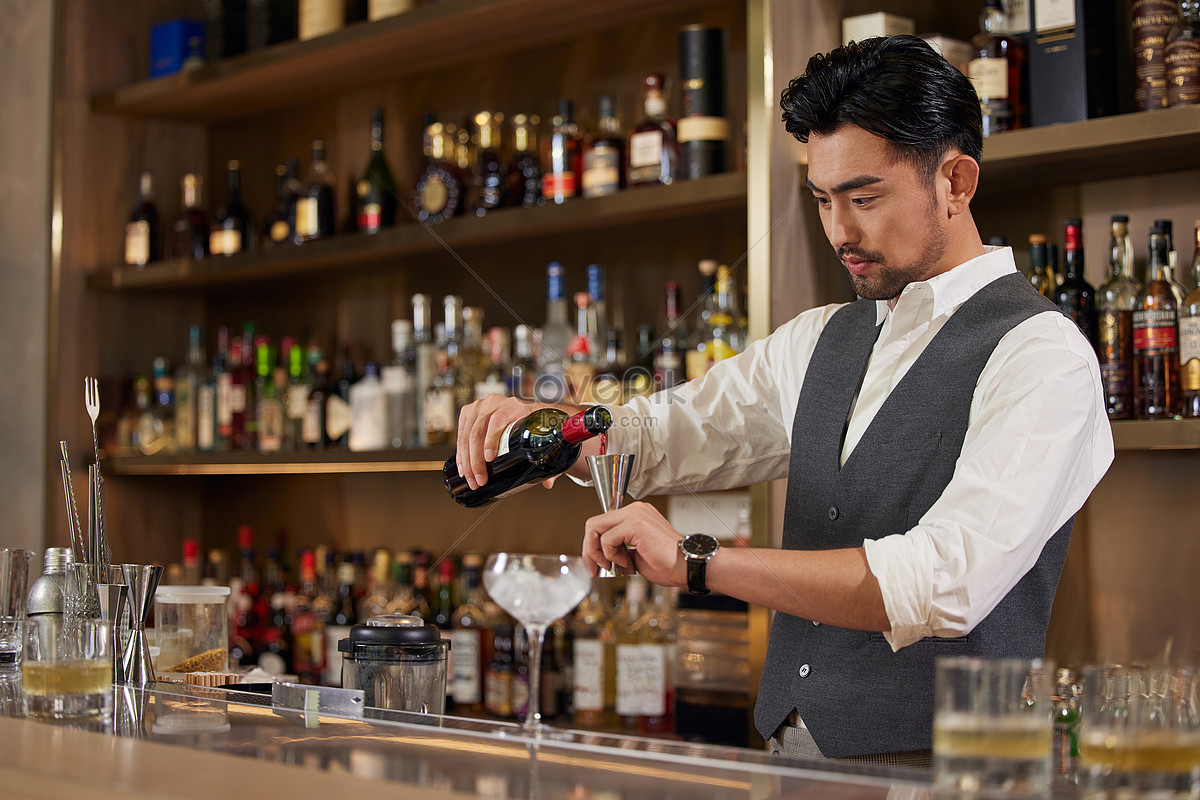
Being a bartender is a lot like being a superhero, honestly. They’re balancing crafting perfectly mixed and stirred (or shaken!) drinks, all while keeping the good vibes flowing with a crowd that’s probably more thirsty than patient. It’s a job that requires skill, speed, and a good dose of charm, and most bartenders are genuinely happy to whip up something that makes their guests smile.
However, let’s be real. Even superheroes have their kryptonite, and for bartenders, it often comes in the form of certain drinks. We’re talking about those notorious orders that are either soul-crushingly boring, incredibly difficult to make, or just plain messy, especially when the bar is packed to the gills. It’s all about timing and context, folks! A muddled mojito might not be the best call in a bustling sports bar.
So, we went straight to the source! We’ve gathered insights from bartenders across the U.S., social media chatter, and even Reddit threads to figure out which drinks truly test their patience. And trust us, some of your beloved favorites are probably on this list. Get ready for some eye-opening revelations, because we’re diving into the cocktails bartenders just don’t mix anymore – or at least, they’d rather not.

1. **Mojito**Ah, the Mojito. So refreshing, so tropical, and yet, such a minty nightmare for anyone behind the bar. This notoriously disliked drink comes with a laundry list of reasons why bartenders sigh internally when it’s ordered. The main culprit? It’s a mess to make, as Jackson Strayer-Benton, Beverage Director for Hen of the Wood, Doc Ponds, and Prohibition Pig in Vermont, readily admits.
Crafting a Mojito isn’t just about pouring liquids; it involves muddling fresh mint leaves with sugar and lime, carefully layering in soda water, and trying desperately not to bruise the mint to avoid a bitter taste. It’s not the hardest cocktail, per se, but it’s incredibly time-consuming, transforming a simple order into a mini-project that halts the flow of service during a busy rush.
Jackson Strayer-Benton even has some direct advice for fans of the drink: “The mojito is an easy cocktail to recreate at home using fresh mint from your garden or local market. Make it for your friends and family, but leave the mint at home when you go out to your favorite bar/restaurant and order something from their professionally crafted cocktail menu.” It’s a polite plea, but the message is clear: save the minty marvels for your home bar. Many bartenders secretly wish you’d opt for a daiquiri instead, which offers a similar refreshing vibe without the muddling mayhem.
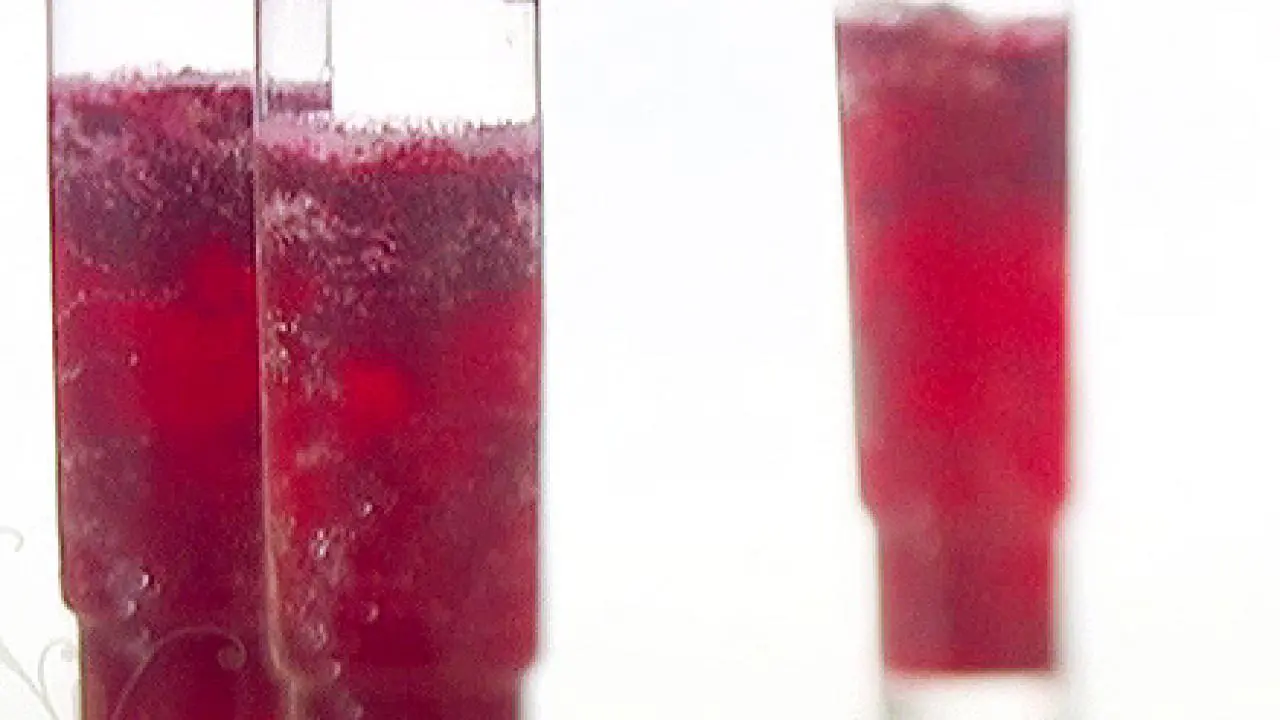
Blended Cherry Mojitos
Ingredients
Equipment
Method
- Place the frozen cherries, crushed ice, mint leaves, lime juice, rum, and simple syrup in a blender. Blend until smooth.
- Pour the mixture into chilled glasses and top with crushed ice. Garnish with lime wedges and cherries.
- Lime Simple Syrup
Notes
Read more about: Critical Safety Warnings: Understanding Hazards in Popular Baby Strollers and Car Seats
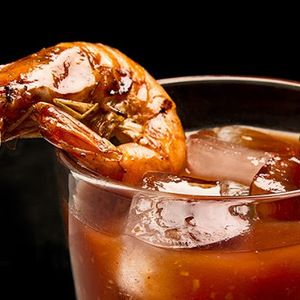
2. **Bloody Mary**This brunch-time favorite is basically a salad in a glass, and as anyone who’s ever made a salad knows, it can get pretty messy. The Bloody Mary is packed with a dizzying array of flavors and ingredients, from Worcestershire sauce and horseradish to a seemingly endless selection of garnishes like celery, olives, and bacon. Building one can feel less like mixing a drink and more like assembling a culinary creation.
Laura Thompson, Bar Manager at Prohibition Pig in Vermont, articulates the frustration perfectly: “My least favorite is a Bloody Mary, especially after 5 p.m.,” she says. “They are also a mess, and you have to dig out a bunch of garnishes you put away hours ago, and do an extra shaker clean. It just gums up the works when you are busy, you know?” It’s a sentiment many bartenders share, as the prep often turns drink service into something resembling a kitchen shift.
Adding to the challenge is the fact that Bloody Marys are rarely ordered in isolation. People tend to want them in rounds, which means replicating this intricate “salad in a glass” multiple times. Each bar often has its own specific version, some involving complex garnishes or house-made mixes, further complicating an already involved process. So, next time you’re craving one, perhaps consider the time of day and the bartender’s sanity.

The Ultimate Seafood Bloody Mary recipes
Ingredients
Equipment
Method
- Combine chopped yellow onion with 1 teaspoon of water in a blender and process until a fine paste forms.
- In a large bowl, whisk together the onion paste, tomato juice, Worcestershire sauce, hot sauce, celery salt, horseradish, sea salt, black pepper, clam juice, fresh lime juice, and fresh lemon juice.
- Pour the Bloody Mary mix through a fine-mesh strainer into a clean pitcher or container, pressing on the solids to extract all liquid. Chill the mix thoroughly for at least 2 hours.
- Lightly coat the head-on prawns with olive oil and a pinch of kosher salt.
- Heat a grill pan or skillet over medium-high heat. Grill the prawns for 1-2 minutes per side until they turn pink and are cooked through. Set aside to cool.
- Carefully shuck the raw oysters, keeping them on the half shell for presentation if desired.
- Fill highball glasses with ice.
- For each cocktail, pour 5 ounces of the chilled Bloody Mary mix and 2 ounces of vodka into a prepared glass. Stir gently to combine.
- Garnish each cocktail with one grilled prawn and one shucked raw oyster.
- Serve immediately and enjoy.
Notes
Read more about: Remember the ’80s? These 15 Iconic Utility Vehicles Were the Absolute Titans of Off-Road and the Adventure Trail!
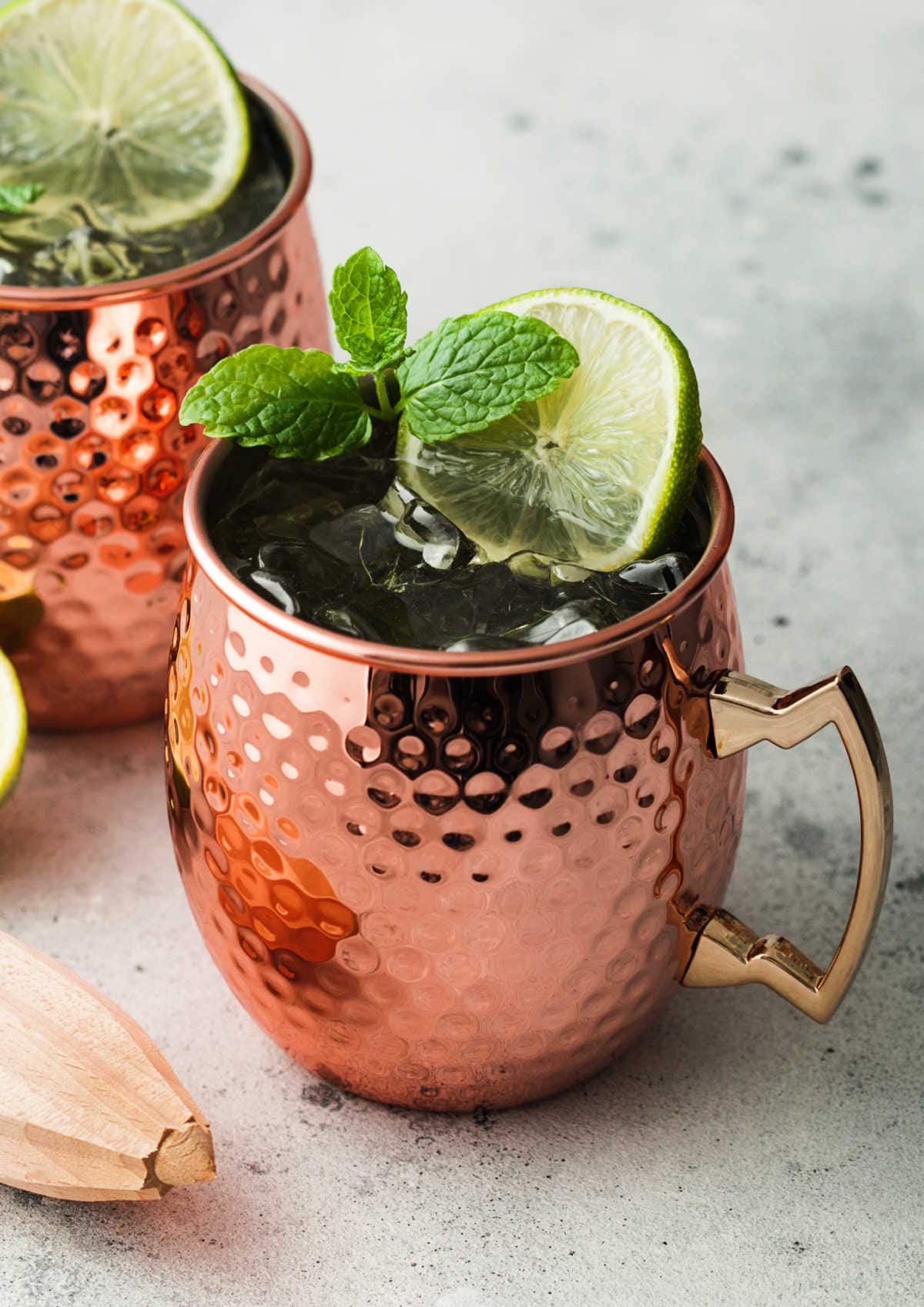
3. **Moscow Mule**The Moscow Mule, a zesty concoction of vodka, ginger beer, ice, and lime, seems simple enough on the surface. However, it comes with a particular quirk that makes it less than beloved behind the bar: it’s “supposed to also be served in a particular copper cup, which no bartender wants to dig out and clean.” This specific serve, while Instagram-friendly, creates an additional logistical headache for busy staff.
But the copper cup isn’t the only reason for bartender disdain. David Kravitz, beverage director at The Smith in New York City, openly remarked to Thrillist that, fundamentally, the drink “is just not very good.” He elaborated, saying, “The vodka does nothing to enhance the ginger beer other than add alcohol… A great cocktail is about a spirit and its blending components becoming more than the sum of its parts.” For a craft cocktail enthusiast, this lack of synergy is a major flaw.
Adding another layer to the problem, mixologist Anthony Pullen, now director of business development at Lyre’s Spirit Co., told us that Moscow Mules often fall short because they “tend to be made with lower-quality, high-sugar ginger beer.” His advice? Only order a Moscow Mule if it’s featured on a special drink menu and you’re aware of the specific type of ginger beer being used. Otherwise, you might just be getting a sugary, uninspired sip in a fancy (and annoying-to-clean) cup.
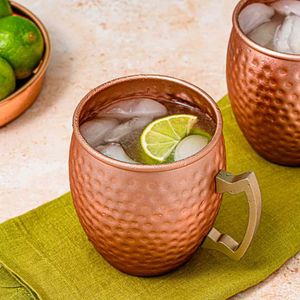
Moscow Mule Recipe
Ingredients
Equipment
Method
- Squeeze half a lime to yield fresh lime juice, reserving a wedge for garnish.
- Fill a copper mug generously with ice cubes.
- Measure and pour 2 ounces of vodka into the ice-filled mug.
- Add the fresh lime juice to the mug.
- Top the mixture with 4 to 6 ounces of chilled ginger beer, adjusting to your preference for spice and sweetness.
- Gently stir the ingredients with a bar spoon to combine, ensuring not to over-agitate the carbonation.
- Garnish the rim of the mug with the reserved lime wedge or a lime wheel.
- Serve immediately and enjoy the refreshing Moscow Mule.
Notes
Read more about: Unlock Your Inner Bartender: The Ultimate Thrillist Guide to Costco’s Best & Worst Booze Buys
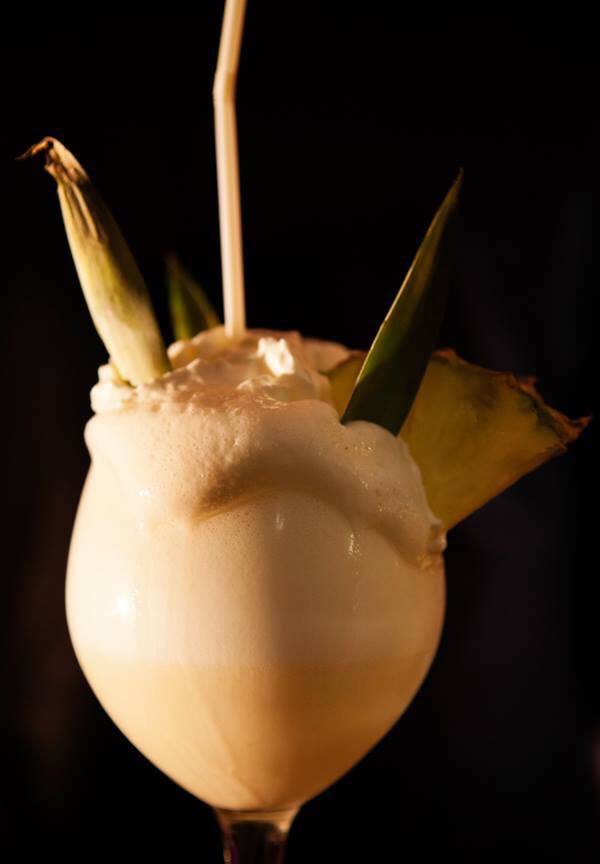
4. **Pina Colada**If you’re dreaming of a Pina Colada, bartenders have a message for you: save the frozen drinks for a vacation spot where they’re already blended and ready to drink. Michelin star chef Joe Isidori, the chef and founder of Arthur & Son’s Restaurant in NYC, doesn’t mince words: “Bartenders hate making pina coladas,” he explains. “Too sweet and typically reserved for tourists. God forbid you want one frozen in a blender. You better hope they don’t throw it at you!” (He quickly adds, “I love pina coladas!” for the record).
The aversion to frozen margaritas and similar blender-based drinks, including the Pina Colada, stems from several practical issues. Blenders are notoriously loud, slow down service, and are often shared with the kitchen, which adds to the disruption. Furthermore, frozen ingredients tend to make a significant mess, and cleaning the blender after each use is an absolute must – and a major time-waster during a busy shift. Just imagine the sticky cleanup!
To compound the issue, guests frequently demand customization for these drinks, asking for things like “No salt, extra sweet, add strawberries,” which only makes the preparation more difficult and time-consuming. While the thought of a creamy, sweet Pina Colada might evoke images of sun-drenched beaches, behind a busy bar, it’s often seen as a noisy, messy, and unnecessarily complicated order. Most bartenders would much rather shake a classic Margarita than fire up the blender any day.
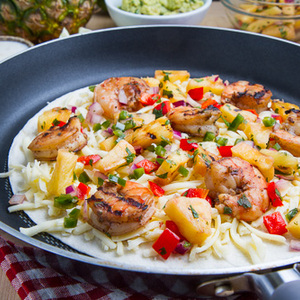
Jerk Shrimp and Pineapple Salsa Quesadillas with Pina Colada Guacamole
Ingredients
Equipment
Method
- Gather all prepared ingredients: tortillas, shredded cheese, grilled jerk shrimp, grilled pineapple salsa, and optional guacamole/crema.
- Lightly grease a non-stick skillet or griddle and preheat over medium heat.
- Lay one tortilla flat on a clean surface or cutting board.
- Evenly sprinkle half of the shredded Monterey Jack cheese over the tortilla.
- Distribute half of the grilled jerk shrimp and grilled pineapple salsa over the cheese layer.
- Top with the remaining half of the shredded cheese, then place the second tortilla on top.
- Carefully transfer the assembled quesadilla to the preheated skillet. Cook for 2-4 minutes per side, or until golden brown and the cheese is thoroughly melted.
- Remove the quesadilla from the skillet and let it rest on a cutting board for a minute.
- Slice the quesadilla into wedges using a sharp knife or pizza cutter.
- Serve immediately, accompanied by the optional pina colada guacamole and crema.
Notes
Read more about: Pour Decisions: 14 Things Bartenders Secretly Wish You’d Stop Doing and Ordering
.jpg)
5. **Ramos Gin Fizz**If ever there was a drink designed to test a bartender’s endurance, it’s the Ramos Gin Fizz. This classic cocktail is frequently mentioned by bartenders as one of the most notoriously disliked orders, not because of its taste – it’s often described as delicious – but because of the sheer amount of time and effort it demands. When you order one, be prepared for either a raised eyebrow or a significant wait.
David Mensch, owner of Spencer & Lynn Wine and Spirit Merchants in Connecticut, vividly recalls his “old nemesis” when asked about difficult drinks. “The Ramos Gin Fizz is a classic and delicious cocktail but it is a nightmare to see on a ticket,” he says. “The reason this cocktail is the bane of any busy bartender’s existence is simply time. This cocktail can easily take 10 to 15 minutes to do correctly and there is no multi-tasking during this period. This includes around 8 minutes of dry shaking. No one has time for that. Period.” Benjamin Wright of Herb and Bitter seconds this, calling it a “death sentence” during dinner rush.
Josue Castillo, Beverage Director for Boston’s Next Door and Pazza on Porter, further elaborates on the intricate, multi-step process. “The drink takes about five minutes to make, and it must be made in a very specific way and poured into a specific glass,” he explains. The recipe involves a dry shake to foam the egg white, followed by a shake with ice until the ice is diluted. After pouring, the drink must settle, then soda water is added to create foam, and it needs even more time to settle again. If you’re looking for something full-bodied and fluffy without the marathon shake, Alex Barbatsis of The Whistler in Chicago suggests trying a whiskey sour or pisco sour, which also use egg white for that creamy texture but are far less demanding.
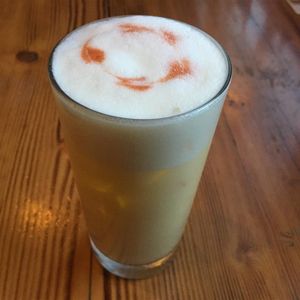
Ramos Gin Fizz
Ingredients
Equipment
Method
- Combine gin, half-and-half, lemon juice, lime juice, white sugar, egg white, orange flower water, and vanilla extract in a cocktail shaker.
- Perform a “dry shake” by shaking vigorously without ice for at least 60-90 seconds to fully emulsify the egg white and create a rich, frothy base.
- Add 1.5 cups of ice to the shaker.
- Perform a “wet shake” by shaking vigorously again for another 30-60 seconds until the mixture is thoroughly chilled and further aerated.
- Strain the mixture into a chilled highball glass.
- Slowly top the drink with 1 fluid ounce of very cold club soda, or as needed, allowing the iconic frothy head to rise generously above the rim of the glass.
- Serve immediately to enjoy its unique texture and flavor.
Notes
Read more about: Automotive Icons Unraveled: The Definitive Account of 15 Star Brands and Models That Fell From Grace

6. **Dirty Vodka Martini**The Dirty Vodka Martini often finds itself in the crosshairs of mixologists, not just for its labor-intensive nature, but sometimes for its very essence. John Ware, mixologist and spirits director of Forsythia in NYC, is quite ready for this drink’s reign to end. He doesn’t hold back, telling us, “I’ve been making cocktails for quite a while, and my palate has had to conquer many an acquired taste, but I have never thought any version of this drink tastes good.”
Ware’s critique goes to the core of the drink, asserting, “It’s unbalanced at its core, and the vodka and the brine often bring out the worst in each other.” While he’s a professional and will still craft one with a smile, he candidly admits, “I prefer cocktails I can stand behind 100%. The DVM will never be it.” This perspective highlights a common issue: sometimes, a drink just doesn’t align with a bartender’s understanding of quality and balance, even if it’s popular.
Beyond the taste debate, the “dirty” aspect itself adds a layer of guesswork and potential frustration. Patrons often request variations like “extra dirty but not too dirty” or “just a little” olive juice. What exactly does “a little” mean to you versus the person behind the bar? This ambiguity frequently leads to returned drinks, which no bartender enjoys, slowing down service and creating awkward do-overs. It’s one of those cocktails that highlights how unclear orders can throw a wrench into a smooth operation.
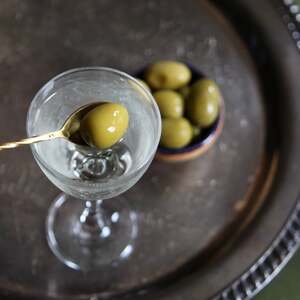
Dirty Vodka Martini
Ingredients
Equipment
Method
- Chill your martini glass by filling it with ice water or placing it in the freezer for at least 5 minutes.
- Add 3 oz. of vodka to a cocktail shaker.
- Add ½ oz. of dry vermouth to the shaker.
- Add ½–1 tsp. of Spanish olive brine to the shaker, adjusting to your preferred level of ‘dirtiness’.
- Fill the shaker completely with fresh ice cubes.
- Stir the mixture vigorously with a bar spoon for 20-30 seconds, until the shaker is well-frosted and the drink is thoroughly chilled.
- Discard the ice water from your chilled martini glass.
- Strain the chilled martini mixture directly into the prepared martini glass.
- Garnish with two or three Spanish olives, skewered on a cocktail pick if desired.
Notes
Read more about: Spill the Tea (But Not That One): 14 Drinks Customers Adore That Bartenders Secretly Can’t Stand Making

7. **Tequila Sunrise**On the surface, the Tequila Sunrise appears to be a vibrant, straightforward cocktail, a beautiful blend of tequila, orange juice, and grenadine that evokes sunny mornings and relaxed vibes. However, for bartenders striving for perfection, this visually appealing drink presents a significant challenge: achieving the right balance of flavors. It’s tougher than it looks to get it just right, and this often leaves mixologists feeling less than satisfied with the end product.
Timo Torner, founder of The Cocktail Society, explains the predicament succinctly. He states that “it’s almost impossible to make it actually really good following the standard recipe.” This isn’t just a matter of preference; it’s about the inherent difficulty in making the components sing in harmony. The standard recipe, while simple, often results in a drink that lacks the desired depth or equilibrium, leaving it tasting merely adequate rather than exceptional.
For a bartender, serving a drink they aren’t proud of is a common source of quiet frustration. Torner shares, “It is always a challenge to serve a drink of which I am not at all convinced of the quality.” This desire for quality means that even seemingly easy drinks can become a source of irritation if they consistently fail to meet a professional standard. So, while you might be picturing a colorful, refreshing sip, your bartender might be wrestling with the internal struggle of delivering a drink they know could be better.” , “_words_section1”: “1994
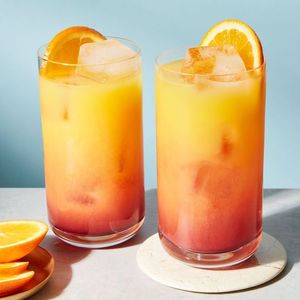
Tequila Sunrise
Ingredients
Equipment
Method
- Ensure all liquid ingredients, especially the orange juice and tequila, are thoroughly chilled before beginning to maintain optimal coldness and prevent dilution.
- Generously fill 6 highball or hurricane glasses with ice cubes.
- In a large pitcher, combine the chilled fresh orange juice and tequila. Stir gently to ensure they are well mixed.
- Carefully pour the orange juice and tequila mixture evenly into each of the prepared ice-filled glasses, filling them approximately two-thirds full.
- Slowly pour 1/6th of the total grenadine (roughly ½ teaspoon) down the inside edge of each glass. Allow it to settle at the bottom, creating the distinctive layered ‘sunrise’ effect without stirring.
- Prepare the orange slices by making a small cut to allow them to sit comfortably on the rim of each glass.
- Garnish each cocktail with a fresh orange slice before serving immediately.
Notes
Read more about: 11 Trailblazers Who Quietly Became the Unforgettable Soul of ’70s and ’80s Action Cinema
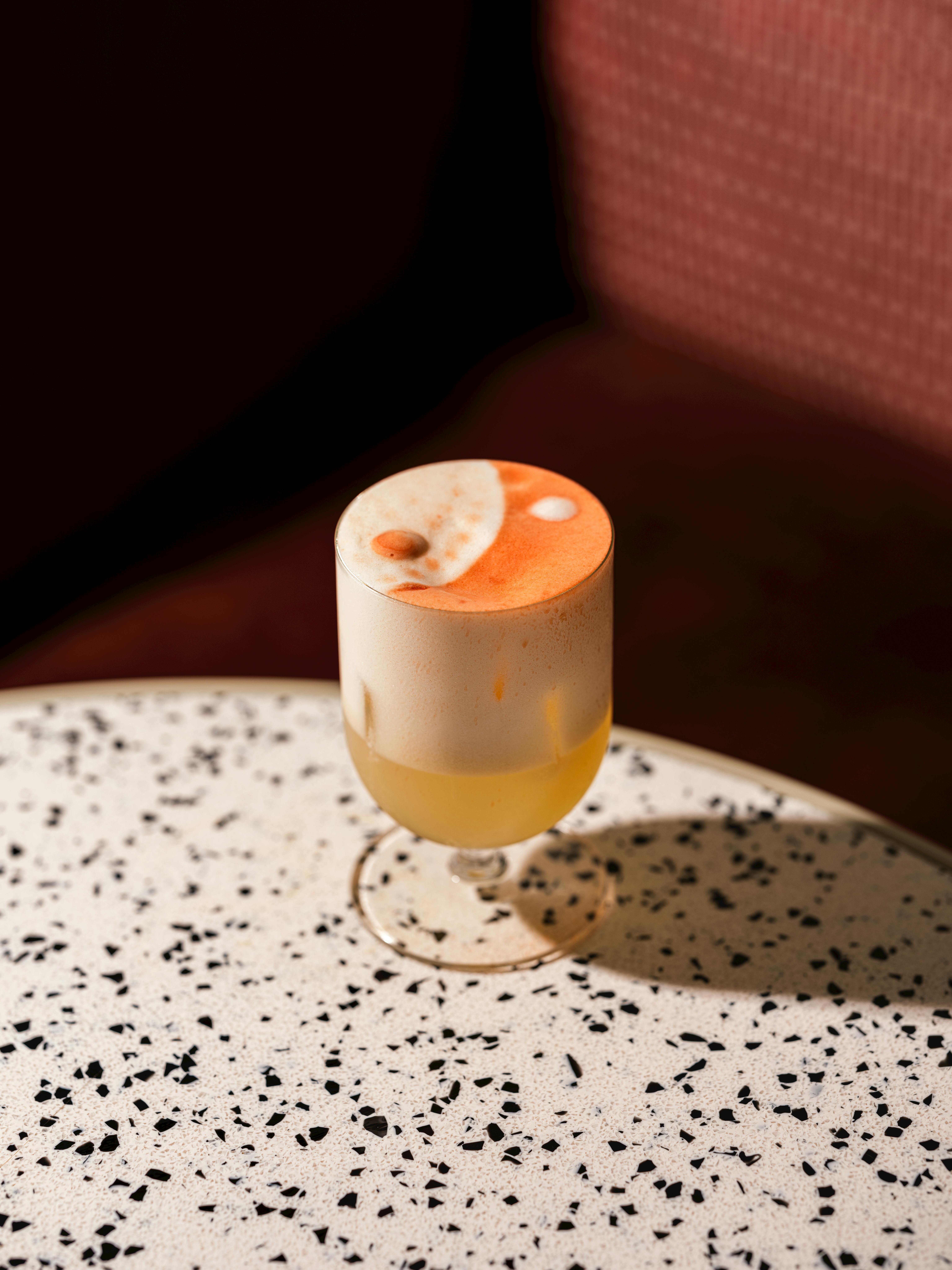
8. **Whiskey Sour (With Egg White)**We get it, sometimes you just crave that silky, frothy texture that only an egg white can deliver in a cocktail. And honestly, a well-made Whiskey Sour with egg white is a masterpiece! But here’s the thing: while delicious, this isn’t exactly a speedy sipper for your friendly neighborhood barkeep, especially when the bar is bustling. It adds a whole extra layer of prep that can slow down the entire service.
Pape Konte, Bar Manager at The Standard, East Village in NYC, perfectly captures the struggle. He points out that “During a busy bar service, making whiskey sours can be a hassle because of the time it takes to dry shake the cocktail and separate the egg whites.” Think about it: that’s two rounds of shaking! First, a “dry shake” without ice to emulsify the egg white and create that gorgeous foam, and then a second shake with ice to chill and properly dilute the drink. It’s a mini-marathon for one drink!
Then there’s the whole “raw egg” thing. While perfectly safe in a well-made cocktail, some guests get a little squeamish about it, which can lead to awkward conversations and hesitant sips. Bartenders are usually happy to whip one up for you when things are calm, but when it’s peak hour and six thirsty folks are waiting, a round of egg white sours can truly throw a wrench into the rhythm. It’s a classic, sure, but timing is truly everything with this one.
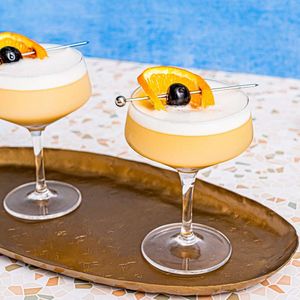
Simple Whiskey Sour Recipe
Ingredients
Equipment
Method
- Chill your desired serving glass, such as a rocks glass or coupe.
- Measure 2 ounces of whiskey, 1 ounce of freshly squeezed lemon juice, and 1 teaspoon of sugar (or simple syrup).
- If using an egg white, combine whiskey, lemon juice, sugar, and egg white in a cocktail shaker.
- For an egg white drink, perform a ‘dry shake’ (without ice) vigorously for 15-20 seconds to emulsify the egg white.
- Add a generous amount of ice to the shaker and perform a ‘wet shake’ for another 15-20 seconds until thoroughly chilled.
- If not using egg white, simply combine all ingredients with ice in a shaker and shake until well-chilled.
- Strain the cocktail through a fine-mesh strainer into your chilled serving glass.
- Garnish with a lemon peel (expressed over the drink) or a Luxardo cherry for an elegant finish.
- Serve immediately.
Notes
Read more about: Spill the Tea (But Not That One): 14 Drinks Customers Adore That Bartenders Secretly Can’t Stand Making
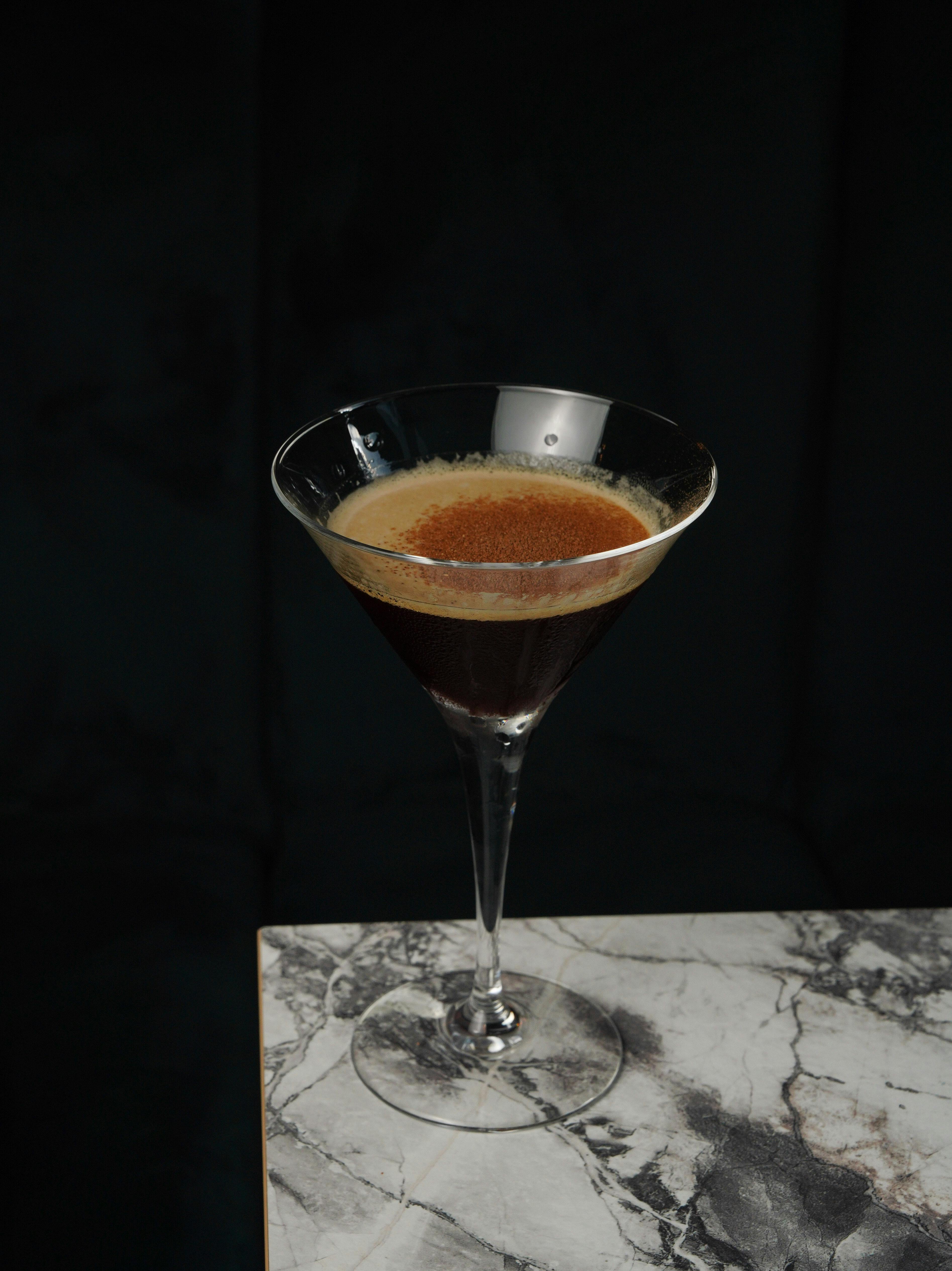
9. **Espresso Martini**Hold onto your coffee beans, because this trendy tipple is a hot topic behind the bar! While it might feel like the ultimate pick-me-up, the Espresso Martini has quickly become “the new cosmo” according to Chelsea Mathews of The Doctor’s Office. Everyone wants one, but oh boy, does it come with its own set of challenges, especially when consistency is key for a busy bar.
Dee Broughton, a recipe developer from Scratch Market with over a decade of bartending experience, doesn’t mince words: they told us their “least favorite request was anything with coffee.” Why the eye-roll? Well, not every bar keeps fresh coffee or espresso on hand at the bar itself. Dee explains, “It was such a chore to stop what I was doing, leave the bar and go make a cup of coffee for one drink! And don’t get me started on espresso cocktails.” Imagine stopping mid-flow to fetch coffee from the kitchen or fire up an espresso machine that’s probably nowhere near the main bar station.
Mathews further elaborates on the espresso martini’s particular woes: “There’s no real standard recipe, and because they’re so popular, people are really particular about the one they prefer.” This means bartenders often face a guessing game trying to match a guest’s specific taste, from the sweetness level to the type of coffee. Plus, as any barista knows, “you can burn your espresso,” adding another layer of potential mishaps. It’s a drink with high demand and high potential for error, making it a less-than-ideal order during a Friday night rush.
Espresso Martini
Ingredients
Equipment
Method
- Gather all ingredients and ensure your martini glasses are chilled.
- Brew fresh espresso, if using, and let it cool slightly, or prepare your cold brew.
- Add vodka, coffee liqueur, espresso (or cold brew), and simple syrup to a cocktail shaker.
- Fill the shaker completely with ice.
- Secure the lid and shake vigorously for 15-20 seconds, until the shaker is well-chilled and a good froth has formed.
- Strain the mixture directly into your chilled martini glasses, ensuring a foamy layer on top.
- Garnish each martini with three coffee beans or a light dusting of finely ground coffee for aroma and presentation.
- Serve immediately and enjoy.
Notes
Read more about: From Paparazzi to Privacy: How Celebrities and Influencers Are Masterfully Reclaiming Their Lives Offstage in the Digital Age

10. **White Russian**Ah, the iconic White Russian, a creamy concoction immortalized by “The Dude” in *The Big Lebowski*. While it might be the ultimate chill-out drink for some, it’s not always the most beloved request for the folks shaking and stirring behind the bar. There’s just something about cream-based drinks that adds a layer of… stickiness to the job, if you catch our drift.
Ben Potts, co-founder of Unfiltered Hospitality and co-owner of The Slyvester and Beaker and Gray in Miami, puts it perfectly: “While I enjoy consuming them, I’m not a huge fan of making White Russians. Dealing with cream of any kind can be somewhat challenging as it likes to coat things pretty effectively.” And he’s absolutely right! Cream has a way of clinging to shakers, strainers, and even your hands, making cleanup a bit more involved than with a clear spirit.
This “coating” quality isn’t always a bad thing in specific cocktails, but when it comes to high-volume bartending, it’s an extra step that can slow down the process and make maintaining a clean workstation a bit more of a chore. So next time you channel your inner Dude, just remember that your bartender might be mentally bracing for the creamy cleanup. It’s all part of the job, but some drinks just leave a bigger mark than others!
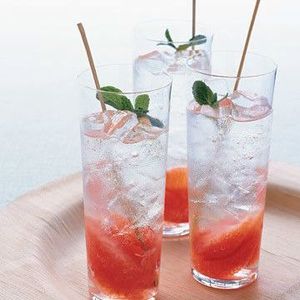
White Russian
Ingredients
Equipment
Method
- Gather all ingredients and chill them thoroughly, especially the heavy cream, vodka, and coffee liqueur.
- Prepare 8 rocks glasses, ensuring they are clean and ready for serving.
- Fill each of the 8 rocks glasses generously with fresh ice cubes.
- Measure 1 1/4 cups of vodka and 1 1/4 cups of coffee liqueur into a large mixing pitcher.
- Stir the vodka and coffee liqueur together gently until well combined, ensuring they are thoroughly chilled.
- Divide the liquor mixture evenly among the 8 ice-filled rocks glasses.
- Carefully measure 1 1/4 cups of cold heavy cream.
- For each glass, slowly pour approximately 2-3 tablespoons of the heavy cream over the back of a bar spoon onto the liquor mixture, allowing it to float and create a distinct layer on top.
- Serve the White Russians immediately, allowing guests to stir them gently before drinking if desired.
Notes
Read more about: Unlocking Genius: 14 Simple Ways Celebrity Designers Spark and Sustain Inspiration Daily

11. **Chocolate Martini**For all you sweet-toothed cocktail lovers out there, the Chocolate Martini might sound like a dream come true, a decadent dessert in a glass! But for many beverage professionals, it’s one of those drinks that comes with a side of internal groans. It’s not just about the effort; it’s about the entire experience of serving something so intensely sweet.
Carolina Gonzalez, Beverage Manager/Mixologist for WoodWind in Chicago, is quite candid about her feelings. “As a beverage director, there aren’t many cocktails that I do not like to make. However, if I was forced to choose one, I would have to select the chocolate martini. There’s something about the high sugar content that I dislike creating for my guests,” she shares. Her reasoning is spot-on for a professional: “To me, an overly sweetened palette, disallows a guest to enjoy or appreciate another cocktail after a chocolate martini.” It’s a one-and-done kind of drink, potentially limiting a guest’s exploration of other expertly crafted options on the menu.
Beyond the taste, there’s a very practical, and frankly, messy problem: the chocolate swirl. “Secondly, it is a nightmare to clean the chocolate swirl around the glass that guests enjoy in a traditional chocolate martini,” Gonzalez admits. Imagine the sticky drips and smudges when you’re trying to keep things pristine during a busy service! While she ensures she puts her “own spin on it” if requested, it’s clear this sweet treat isn’t high on her personal mixing list.
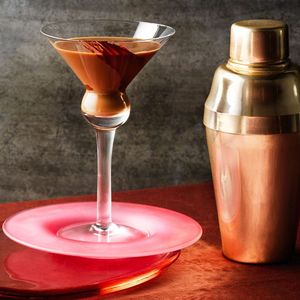
Chocolate martini
Ingredients
Equipment
Method
- Melt 1 tsp of chocolate using a double boiler or microwave until smooth.
- Swirl the melted chocolate around the inside of two chilled martini glasses to create a decorative rim, then set aside.
- Fill a cocktail shaker with a handful of ice.
- Add 50ml Irish cream liqueur, 50ml coffee liqueur, 1 tbsp chocolate syrup, and 100ml vodka to the shaker.
- Secure the lid tightly and shake vigorously for 15-20 seconds until the outside of the shaker is frosty.
- Strain the mixture from the shaker into the prepared martini glasses, ensuring no ice shards fall in.
- Serve immediately and enjoy your chocolate martini.
Notes
Read more about: Remember the ’60s? These Drink Mixes Were the Absolute Masters of Quench and the Summer Picnic.
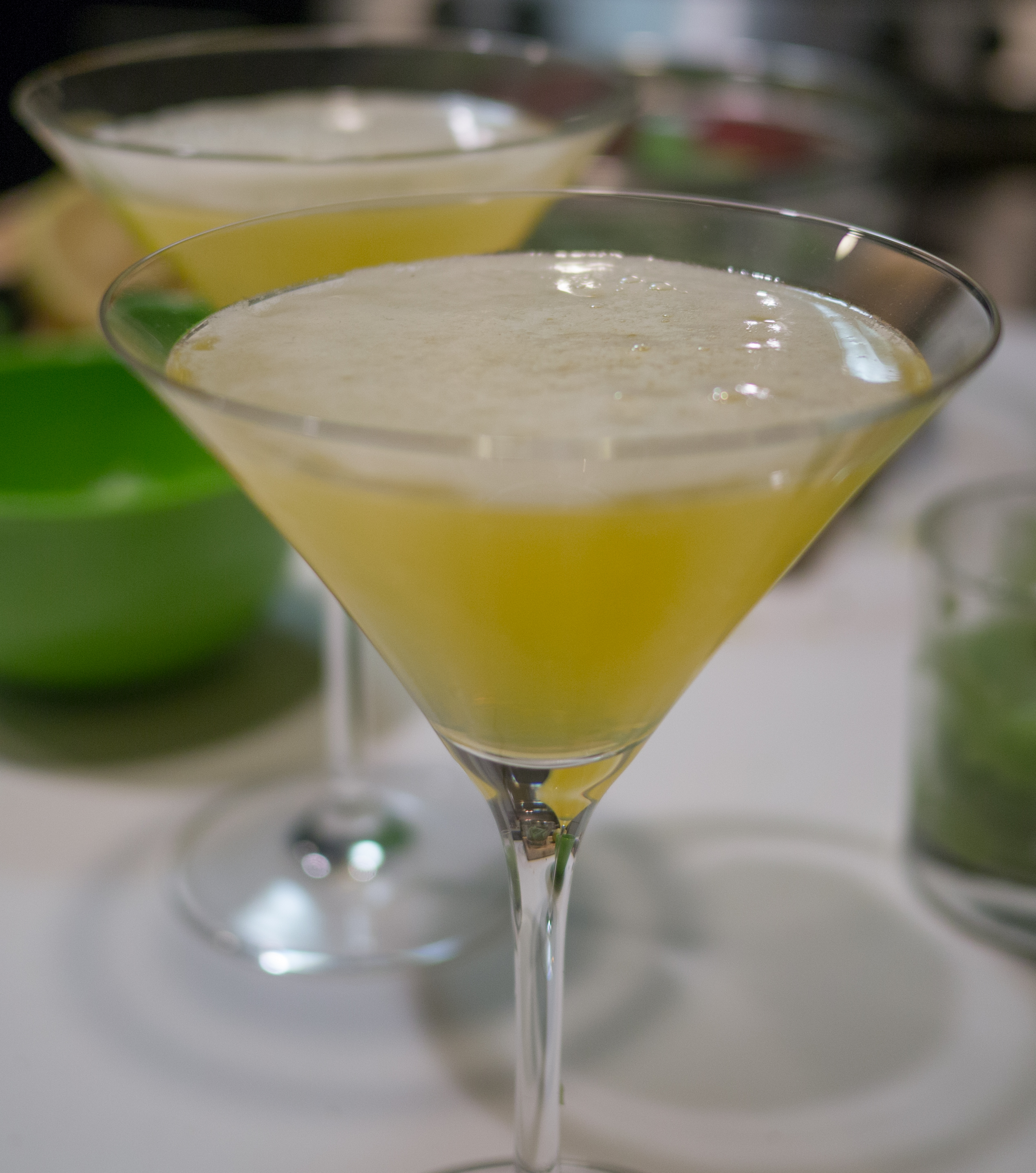
12. **Lemon Drop Martini**The Lemon Drop Martini sounds innocent enough, right? A zesty, sweet-and-sour sip that sparkles in a sugar-rimmed glass. But don’t let its bright demeanor fool you; this seemingly simple drink often gets a spot on the “bartenders hate” list, and it’s all down to the details. What looks easy on paper can become a real headache when the orders start piling up.
The “Recommended” section points out that “It involves fresh lemon juice, simple syrup, vodka, and a sugar-rimmed glass—each step taking longer than it should when a dozen people are waiting.” That sugar rim, while aesthetically pleasing, is a common culprit. It’s messy to apply, can easily be ruined by an errant pour, and requires careful handling to keep intact. All those little steps add up, transforming a quick shake into a mini-production that slows down the whole operation.
Then there’s the flavor profile itself. The article mentions that “the flavor is often polarizing, making it one of those cocktails bartenders hate for the effort-to-payoff ratio.” Some love the sugary pucker, while others find it too sweet or too tart. This can sometimes lead to requests for adjustments or even returned drinks, which, as we’ve learned, is no fun for anyone behind the bar. So, while it’s a popular choice, maybe consider a vodka sour if you’re looking for that lemony kick without the fuss!
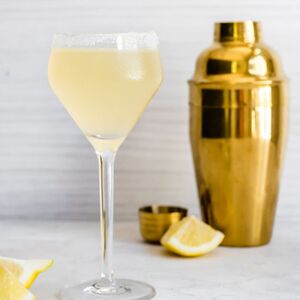
Lemon Drop Martini
Ingredients
Equipment
Method
- On a small plate, combine the granulated sugar and lemon zest, mixing well to create the lemon-sugar rim mixture.
- Take a lemon wedge and moisten the rim of a chilled martini glass, ensuring a thin, even coating.
- Dip the moistened rim of the glass into the lemon-sugar mixture, twisting gently to coat thoroughly.
- In a cocktail shaker, combine your preferred vodka, fresh lemon juice, and an orange liqueur (e.g., triple sec or Cointreau).
- Fill the cocktail shaker generously with ice cubes.
- Secure the lid and shake vigorously for about 15-20 seconds until the shaker is thoroughly chilled.
- Strain the well-chilled cocktail into the prepared martini glass.
- Garnish with a fresh lemon twist or an additional lemon wedge for an elegant finish.
Notes
Read more about: Debunked: 9 Extended Warranty Myths That Could Cost You Big (And The Truth to Save Your Wallet)
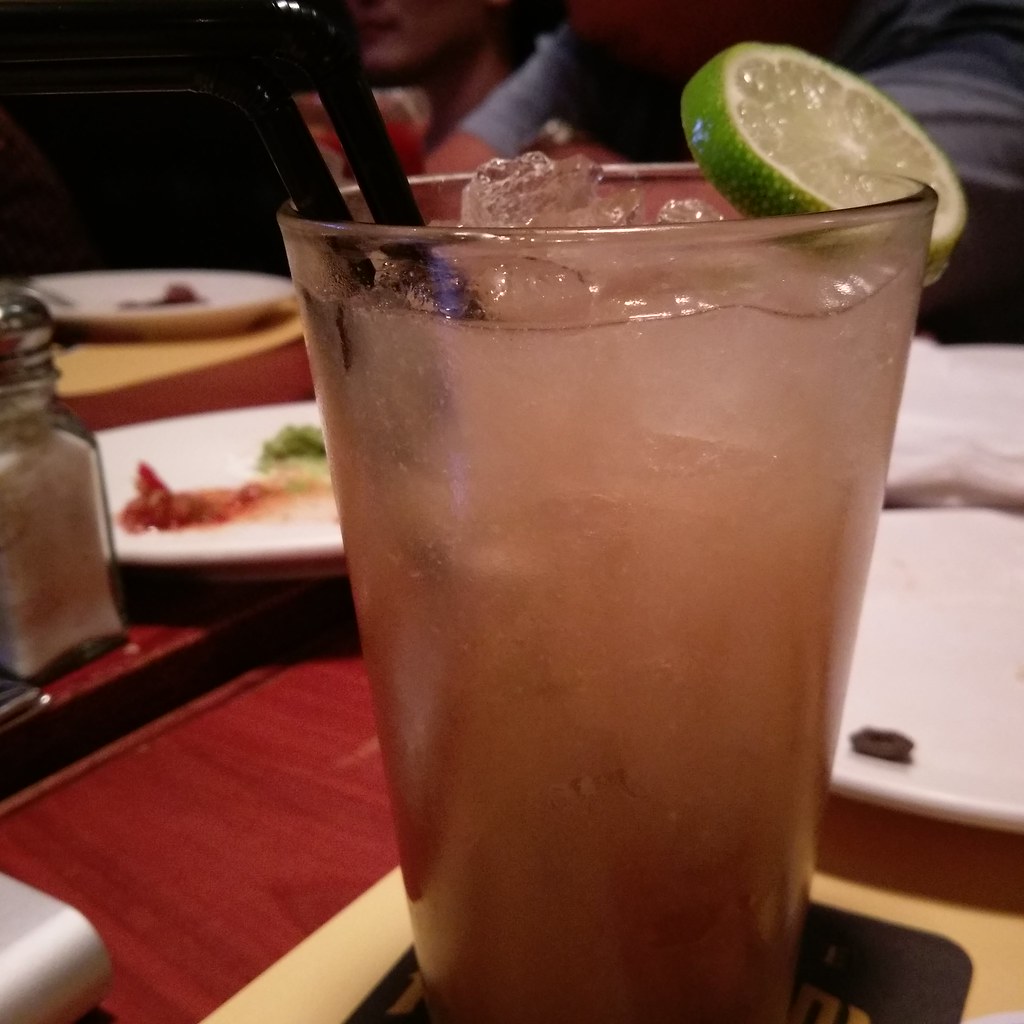
13. **Long Island Iced Tea**Ah, the infamous Long Island Iced Tea. It’s practically a rite of passage for many, often ordered with a mischievous grin and the intention of “getting the party started.” But for bartenders, this potent concoction is more of an “endurance test” than a fun mixing experience. It’s not complicated in terms of technique, but the sheer number of ingredients involved makes it a logistical puzzle during a rush.
As the “Recommended” section highlights, this drink features “Five spirits, one sour mix, and a splash of cola.” That means your bartender is reaching for vodka, gin, rum, tequila, and triple sec, all for *one* drink! Imagine doing that for a round of them. It’s “grabbing a lot of bottles, measuring fast,” and keeping track of multiple pours. It might seem like a simple dump-and-stir, but precision still counts, and that many bottles in motion can easily lead to slowdowns or spills.
And let’s be honest, the reputation precedes it. The article mentions it’s “notorious for being ordered by people looking to ‘get drunk fast,’ which can lead to rowdy behavior.” While bartenders are pros at managing crowds, a string of Long Island Iced Teas can signal a shift in the bar’s vibe that requires extra vigilance. It’s “functional, not fun,” from the perspective of the person behind the bar, who’s not just mixing drinks but also ensuring a good, safe experience for everyone.
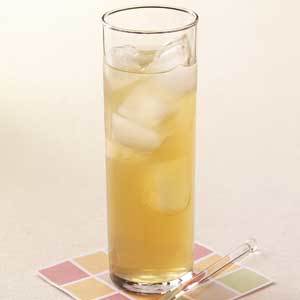
Long Island Iced Tea Recipe
Ingredients
Equipment
Method
- Fill a highball glass generously with fresh ice cubes.
- Measure and pour 1 ounce of vodka into the glass.
- Add 1/2 to 1 ounce of tequila, 1 ounce of light rum, and 1 ounce of triple sec.
- Pour in 1 ounce of sour mix.
- Gently stir all ingredients together with a bar spoon to combine thoroughly.
- Top the mixture with 1/2 ounce of cola.
- Garnish with a lemon wedge or slice, if desired, and serve immediately.
Notes
Read more about: Beyond the Red Carpet: The 13 Most Impactful Celebrity Philanthropic Campaigns of 2025 You Need to Know

14. **Sazerac**Now for a deep dive into a true classic, the Sazerac! This iconic New Orleans cocktail is steeped in history and sophistication, a beautiful blend of rye whiskey, absinthe, Peychaud’s bitters, and a sugar cube. It’s a testament to craft cocktail artistry, but like many deeply traditional drinks, its precise preparation can be a challenge during the chaotic dance of a busy bar shift.
Grace Dai of Lonely Siren candidly admits, “I’m not saying I won’t make them, but I can see how making Sazeracs regularly would get annoying if it was super busy.” She details the steps: it “takes a sugar cube,” which means finding and muddling it with “half a teaspoon of cold water”—a measurement that can be tricky when everything else is in ounces. Then there’s the specific addition of Peychaud’s, followed by coating an old-fashioned glass with absinthe first, before the rye is even stirred and strained into the glass.
It’s a process that demands attention to detail and a measured pace. As Dai notes, “I can do it, but I don’t really want to muddle a sugar cube.” It’s not that bartenders *hate* the Sazerac itself; in fact, many appreciate its heritage and complex flavors. It’s the meticulous, multi-step nature of its creation, especially when dozens of other orders are waiting, that can make it a less-than-ideal request during peak service. It’s a drink best savored and, perhaps, ordered during quieter moments.
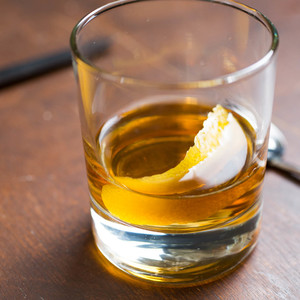
Sazerac Recipe
Ingredients
Equipment
Method
- Chill an Old Fashioned glass by filling it with ice and adding 1 teaspoon of Herbsaint, Pernod, pastis, or absinthe. Swirl to coat the glass, then set aside.
- In a separate mixing glass, combine 1 teaspoon of sugar with 3 or 4 dashes of Peychaud’s Bitters and a few drops of water. Muddle or stir until the sugar is dissolved.
- Add 2 ounces of rye whiskey to the mixing glass with the sugar and bitters mixture.
- Fill the mixing glass with fresh ice.
- Stir the cocktail vigorously with a bar spoon for about 30 seconds, until well-chilled and properly diluted.
- Discard the ice and the absinthe rinse from the chilled Old Fashioned glass.
- Strain the cocktail mixture from the mixing glass into the prepared Old Fashioned glass. Do not add fresh ice to the serving glass for a traditional Sazerac.
- Take a large piece of lemon peel. Express its oils over the surface of the drink by twisting it between your fingers.
- Rub the expressed lemon peel around the rim of the glass.
- Garnish the cocktail with the expressed lemon peel.
Notes
Read more about: Tonight’s Secret Weapon: 12 Overlooked Budget Whiskeys That Are Total Game-Changers for Your Cocktails!
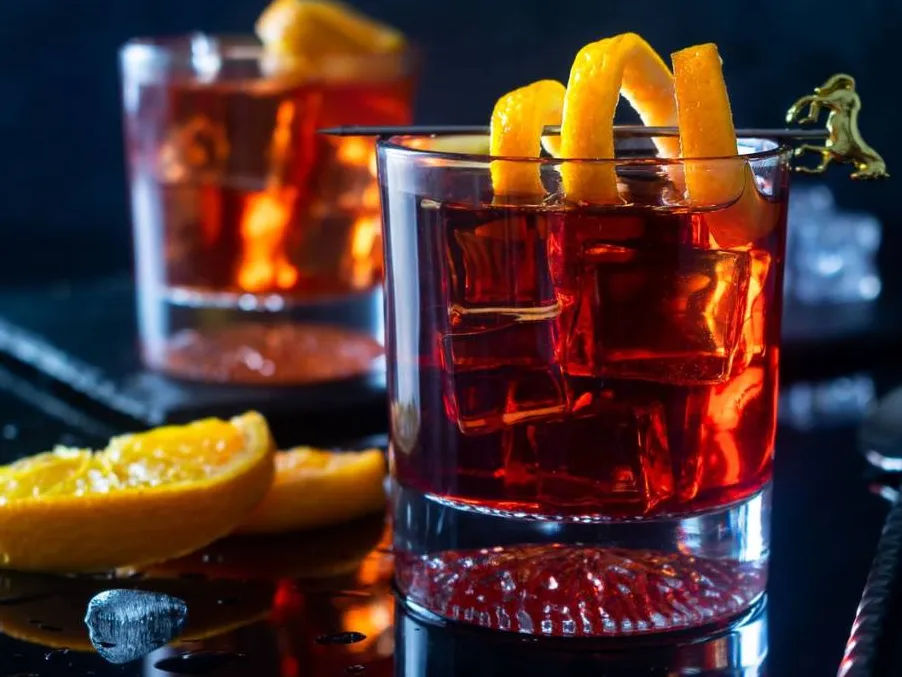
15. **Off-Menu or Complicated Trendy Drinks**Alright, let’s wrap this up with a category that encompasses a whole world of “uh-oh” moments for bartenders: anything off-menu, overly complicated, or straight-up inspired by a viral TikTok trend. We love creativity, and exploring new flavors is amazing, but a packed bar isn’t usually the best laboratory for experimental mixology, bless your adventurous heart!
The “Recommended” section perfectly sums up the dilemma: “When a guest pulls out their phone and asks for a ‘Gummy Bear Vodka Shooter’ or a three-layer color-changing cocktail, it throws off the flow.” These drinks often demand niche ingredients the bar simply doesn’t stock, or intricate techniques that aren’t practical in a crowded, fast-paced environment. It’s like asking a short-order cook for a gourmet tasting menu during lunchtime rush!
Creativity from a bartender’s perspective is all about crafting balanced, delicious drinks from available resources. These “off-menu” requests, however, often “demand a lot with little reward” for the bar staff. It’s about managing expectations and understanding that a bar’s menu is curated for efficiency and quality within its operational context. So, while your “Unicorn Sparkle Swirl” might be trending online, a busy bartender will likely appreciate you sticking to the classics, or at least something they can whip up without a Google search and a scavenger hunt for obscure syrups. Your bartender will thank you!
Read more about: Spill the Tea (But Not That One): 14 Drinks Customers Adore That Bartenders Secretly Can’t Stand Making
So there you have it, folks! A peek behind the bar curtain at some of the drinks that, for various reasons, make even the most seasoned bartenders sigh. It’s not about hating the drinks themselves (mostly!), but understanding the delicate dance of speed, precision, and customer satisfaction during a busy shift. The next time you’re out, remember the human behind the bar, balancing multiple orders and keeping the good vibes flowing. A little thoughtfulness in your order can go a long way in ensuring everyone, from you to your bartender, has a fantastic time. Cheers to that!

